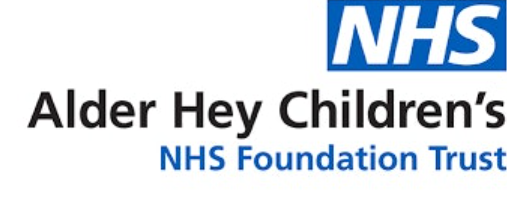
Education and Cleft: Educational Impact Study 2017
What is the impact of cleft lip and/or palate in an educational setting?
Research by Nicola Stock, Matthew Ridley and Ella Guest
Centre for Appearance Research, University of the West of England and The Cleft Collective
Background:
Educational experiences contribute significantly to a young person’s development, both during the school years, and in the longer term. One potential risk is the presence of a health condition which requires ongoing management, such as a cleft lip and/or palate (CL/P). Yet, while some studies suggest that young people born with CL/P may perform more poorly at school than their peers, other studies have found no differences, and report the impact of CL/P on school life to be minor.
Taken together, previous research therefore suggests that the association between CL/P and educational experiences is likely to be multifaceted. Qualitative research may help us to understand this relationship better, by exploring people’s experiences in depth.
Aim:
This study set out to investigate the impact of CL/P in an educational setting, according to the views of young people, their parents, and teachers.
Method:
Individual interviews were carried out over the telephone with 10 young people (aged 10-16 years) and their parents (7 mothers and 3 fathers). An online, open-ended survey was also used to capture the views of 20 preschool, primary and secondary school teachers.
Findings:
What factors influence educational experiences?
- Social interactions – some young people felt they were ‘different’ to their peers, which affected their ability to ‘fit in’. Some young people had experienced teasing or bullying in relation to their appearance or speech, particularly during the transition from preschool to primary school, and from primary to secondary school. In some cases, negative social experiences impacted on young people’s confidence.
- Cleft-related treatment – some participants felt that ongoing hospital appointments could be a burden, especially when this required time out of school. Parents were worried about the effect of hospital appointments on school attendance records.
- Additional conditions – participants highlighted the potential impact of hearing problems, speech difficulties, and additional learning needs. Speech was particularly important when classroom activities or exams required oral participation.
- Support from teachers – teachers were seen to be supportive, but many participants believed that teachers’ knowledge of CL/P could be improved. Some parents had found communication with the school to be challenging at times, and the school’s response to bullying to be unsatisfactory.
What methods of support could improve educational experiences?
- Promoting diversity in schools – participants felt that young people could be taught how to respond confidently to any comments or questions about CL/P, and encouraged to host school assemblies and fundraiser days to raise awareness of CL/P among peers, parents and teachers. Participants thought that classroom-based interventions could also focus on acceptance of diversity more broadly.
- Input from the clinical teams – participants felt that cleft teams were well-placed to provide information and support to schools. In particular, participants wanted psychologists to carry out early developmental assessments (e.g. dyslexia screening) and to write letters of support regarding the need for additional pastoral and educational support where necessary.
- Facilitating school transitions – parents commented on the challenge of choosing a school that would best meet their child’s additional needs, and believed that young people could be better supported to make the transition between different schools.
- Teacher training – participants believed that teachers could benefit from training in relation to CL/P, its effects and its treatment.
- Different ways of assessing achievement – participants felt that ‘achievement’ should be assessed holistically, not just academically, and did not believe that having CL/P should impact in any way of young people’s future aspirations.
What do teachers understand about CL/P?
- Participating teachers had little knowledge of CL/P prior to meeting a pupil with the condition.
- Teachers identified communication and developmental issues to be a challenge in the early years, while low self-confidence and teasing became more of a difficulty in secondary schools.
- Teachers believed that CL/P could impact on pupils’ school work in regard to time off for appointments, emotional issues, and difficulties with hearing. In spite of this, teachers did not believe CL/P to have a significant bearing on young people’s educational attainment or aspirations, and stated that all pupils should be given equal opportunities.
- Participants felt there was a good system in place within schools to address any additional needs in general, but commented that training and resources to deal with issues specifically related to CL/P are lacking.
- All participating teachers wanted to learn more about CL/P. Suggestions ranged from a full ‘Continuing Professional Development’ course, to written resources, and liaison with specialists.
Next steps:
These findings have been shared with the cleft teams around the UK, and with patient organisations, including the Cleft Lip and Palate Association. These findings are informing further research in this field, and consideration is being given as to how best to address the challenges raised in practice.
Two papers have been accepted for publication in the Cleft Palate-Craniofacial Journal (www.cpcjournal.org), and will be available online shortly. Please contact [email protected] with any queries.
Acknowledgements:
Thank you to all the participants for sharing their experiences, and to the Cleft Lip and Palate Association and their membership for their support with recruitment. This study was partially supported by the Scar Free Foundation (registered charity number: 1078666).


